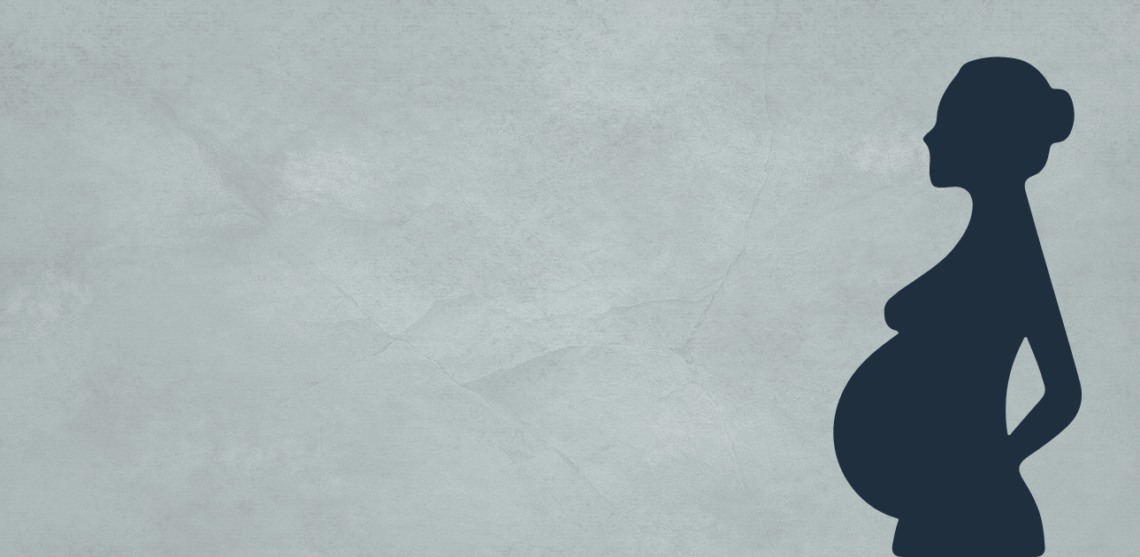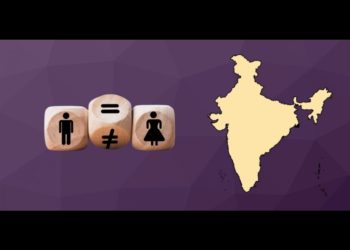
There is a positive association between the mental and physical health of a mother and the extent of maternity leave. Maternity benefits provided by any legislation of a country protects the employment of women during the time of her maternity. Maternal benefits provided to the mother are clearly related to the objective of lowering child mortality.
Perinatal (which refers to the period during pregnancy), neonatal (period up to 28 days after delivery) and post-neonatal (period from 28 days to one year of age) mortalities of the babies are not uncommon in our country. According to United Nations Inter-agency Group for Child Mortality Estimation, 1 in 47 newborns die in India and 59 per cent of neonatal deaths are in South Asia. But these are ecological studies, and less evidence is available regarding other health issues.
Last month, the Department of Personnel and Training (‘DoPT’) came up with a beneficial move through an office memorandum dated September 2 which gives 60 days of special maternity leave to women who deliver a stillborn baby (born with no signs of life) or have lost a child soon after delivery (up to 28 days after birth). This order only applies to the Union Government’s female employees.
Maternity Benefit Act
In a commendable move by the Parliament, the maternity leave for women was increased from 12 weeks to 26 weeks through the Maternity Benefit (Amendment) Act, 2017. It also provides provisions for crèches (day care facilities).
It is surprising to note that when it comes to neonatal death a lacuna exists for working women (other than Union Government female employees) under the Maternity Benefit Act, 1961,which is the paramount law governing the maternity reliefs in India. There is no clarity if the employer is legally obligated to provide the whole maternity leave to the mother if the child dies soon after birth. The 1961 Act has a provision for maternity leave due to stillbirth, but none regarding neonatal death. When we read Section 4 of the 1961 Act, it clearly stipulates that the employer is liable to give six weeks of maternity leave to every woman after delivery, but whether she can avail the whole leave sanctioned to her if the baby dies soon after delivery remains an unanswered question. Can the employer restrict her leave to only a few weeks? There is no clear answer.
There is a provision (Section 5) about what will happen to the maternity relief if the mother dies or in another case, if both mother and child die, soon after delivery. However, there is no provision if the child dies, but the mother remains alive. Section 5 states that if the mother, having delivered the baby, dies during her delivery or during the period immediately following her delivery, the employer shall be liable for the maternity benefit for the entire period, but the same provision reads further “but if the child also dies during the said period, then, for the days up to and including the date of the death of the child.”
The word ‘also’ implies that when the mother and child both do not survive, the employer would be liable only up to the death of the baby. Now, some people interpret this to mean that it covers neonatal death, but on careful reading, it is clear that this is not the purpose of the provision.
Purposive interpretation by courts
The 1961 Act is a welfare legislation and courts have always tried to interpret it in a liberal manner. In the case of Municipal Corporation of Delhi versus Female Workers (Muster Roll) (2000), a division bench of the Supreme Court placed reliance on various fundamental rights such as Articles 14 (equality before law) and 15 (prohibition of discrimination on grounds of religion, race, caste, sex or place of birth), and Directive Principle of State Policies such as Articles 39 (which secures policies like health of workers), 42 (securing just and humane conditions of work and for maternity relief) and 43 (secures conditions of work ensuring living wage, a decent standard of life etc.) to extend the benefits of the 1961 Act to workers engaged on daily basis or on casual basis by the Municipal Corporation of Delhi.
There are various other international obligations which place importance on securing maternity benefit such as Article 11 of the Convention on the Elimination of All Forms of Discrimination Against Women and the Universal Declaration of Human Rights, 1948. They call for measures such as the right to social security, the right to protection of health, and the right to safety in working conditions, including the safeguarding of the function of reproduction. They prevent discrimination on the ground of maternity.
Comparison with the UK
In the United Kingdom, you are entitled to full maternity leave and maternity pay if the baby dies soon after birth. It is disappointing to note that when it comes to pregnancy, employers have been hesitant to employ or promote women who might plan to have children soon. According to a survey done in the U.K., one in eight employers are reluctant to hire women who might go on to have children.
Much has been spoken about women in the workforce, but a lot more needs to be implemented to retain women in the workforce and for the growth of their career. An employer could try to reduce maternity leave because of lack of clarity over the same.
Also read: Making Gender Equality At Work A Justiciable Right For Women In The Private Sector
Road forward
A qualitative study shows that there is a need for family-centred bereavement care after being informed about neonatal death. Also, there is not enough discussion on postpartum depression (‘PPD’), due to which it is under-recognised and undertreated in India. It is a dangerous psychological and biological condition which can also make the mother suicidal. Women with PPD commonly experience disturbing aggressive/obsessive thoughts or major depressive episodes.
Losing one’s child is one of the biggest fears of a parent. Therefore, bereavement care is essential to reduce its negative socio-economic impact on the family.
India has started recognising the mental health of its workforce, and the government order mentioned earlier is a step in the right direction. However, there is a need to fill the loophole regarding the maternal benefits available to the mother in case of neonatal death, to benefit all the women in the workforce so that better working conditions are available to all, without discrimination.
The government order also mentions the potential trauma which a mother faces because of the death of her baby, leading to a far-reaching impact on her life. Hence, the government issuing clarification on the issue can help with bereavement care for the mother and the families who experience neonatal death.




